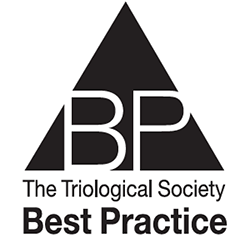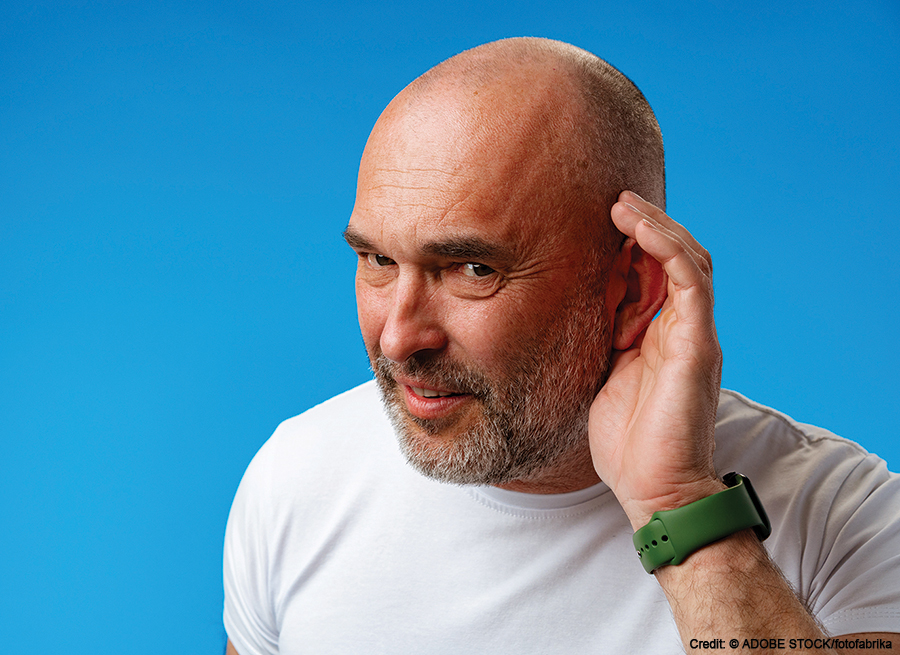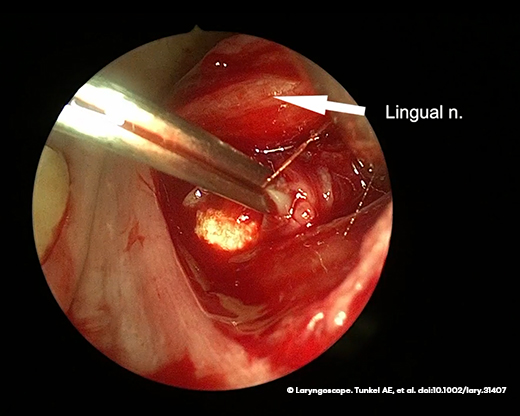The use of p16 as a surrogate marker for HPV has gained traction, but is it sufficient as a surrogate for HPV-related squamous cell carcinoma?


The use of p16 as a surrogate marker for HPV has gained traction, but is it sufficient as a surrogate for HPV-related squamous cell carcinoma?

The American Academy of Otolaryngology–Head and Neck Surgery Foundation has published a new guideline for age-related hearing loss
Salvage Endoscopic Nasopharyngectomy exhibits comparable efficacy but less toxicity than IMRT in carefully screened patients with locally advanced rNPC.
Study suggests that the endoscopic approach to cerebrospinal fluid (CSF) leak repair is well tolerated in the frail population.

There have been increasing efforts across otolaryngology to perform in-office procedures with local anesthesia. Benefits include reducing the time and economic costs imposed on patients, as well as avoiding the inherent risks of general anesthesia

Most current literature suggests that cefazolin is safe for surgical prophylaxis in patients with penicillin allergy.
Although telehealth survivorship programs are feasible and cost-effective and associated with improved patient outcomes, they might not be ideal for every patient.

Targeted immunotherapies have become part of ATC treatment over the last decade or so, boosting recognition of tumor cells and activation of the immune system. But the studies on their effects have been fairly scarce and heterogeneous.

In this How I Do It article, a single-port endoscopic removal of forehead osteoma technique for otolaryngologists and the associated outcomes are described.
Self-reported taste changes in patients with oropharyngeal cancer who have had TORS are frequent; suspension time and glossopharyngeal nerve injury are unlikely to cause symptomatic TDs.